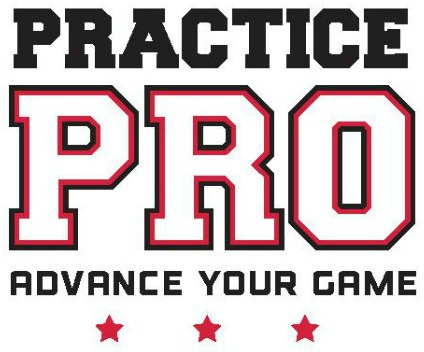St. Peters Brings Down Kentucky! The Little Engine That Could.
/The Little Engine that Could, so he did!
Most of us learn the story of The Little Engine that Could from a young age. “I think I can, I think I can, I think I can.” Making his way up a steep mountain with hardly any steam left to get to the top, it took a mindset that Yoda from Star Wars teaches us: “Do or do not. There is no ‘try’.” The power of the human mind can be extraordinary. At its best, it leaves no room for failure or excuses. When the mind meets the will and becomes singular in their focus, achieving even the most unlikely of goals becomes more than just possible, but probable. Ted Lasso says, “BELIEVE,” and Yoda says, “DO.” The combination of those two entities is magical. Just ask that Little Engine who finally made it to the Top.
And for you sports fans out there, another “Little Engine” made history last night in the men’s basketball March Madness playoff games. Did you fill out a bracket? If so, it is likely that this little miracle team just unraveled some of your predictions.














![Drills & Tools For Success [Video]](https://images.squarespace-cdn.com/content/v1/56a0f458b204d5ee03895a17/1624042258572-AKZDNQ89CHS7KZ3GVOOF/thinkplay.jpg)







